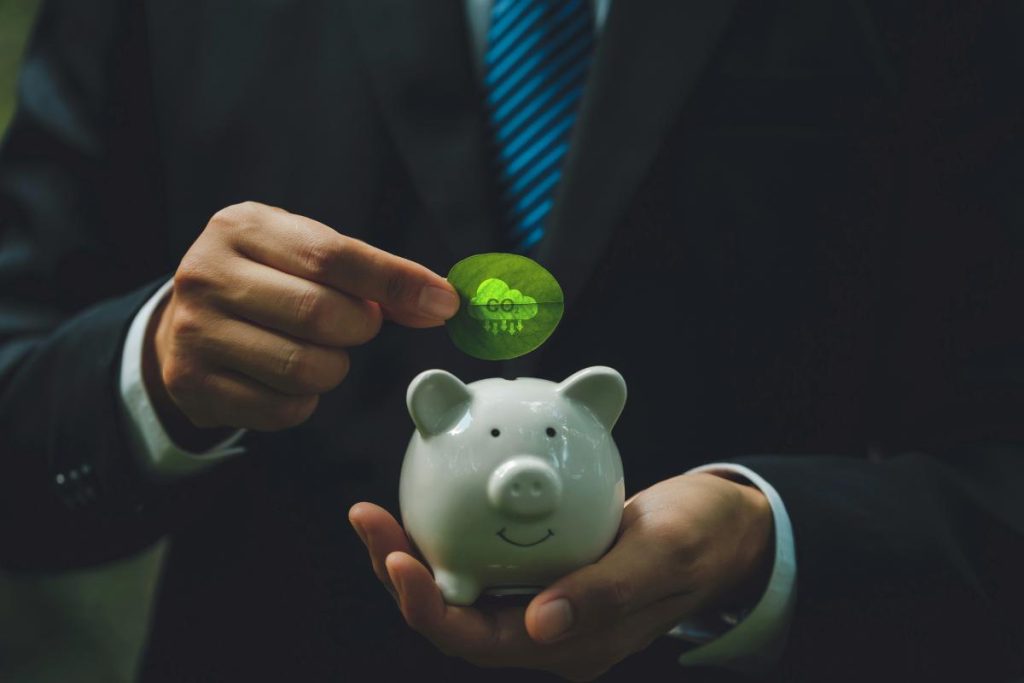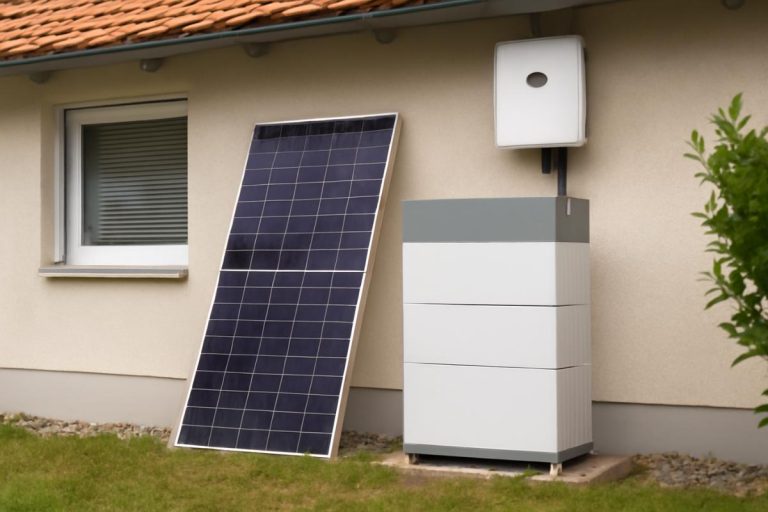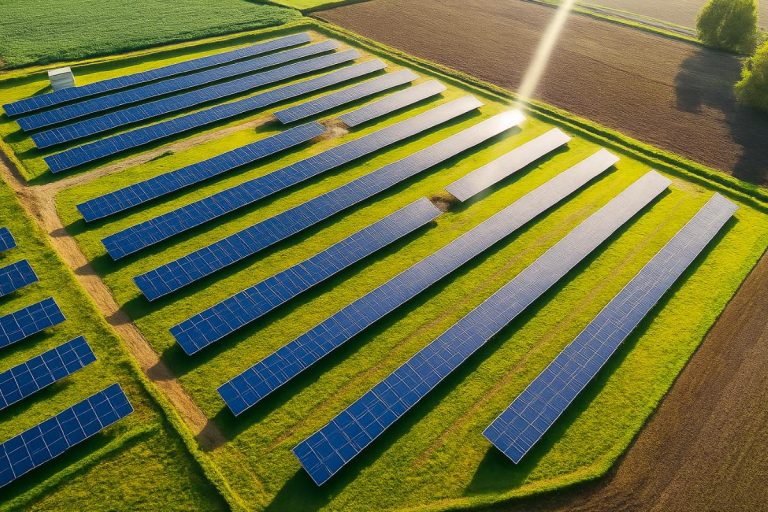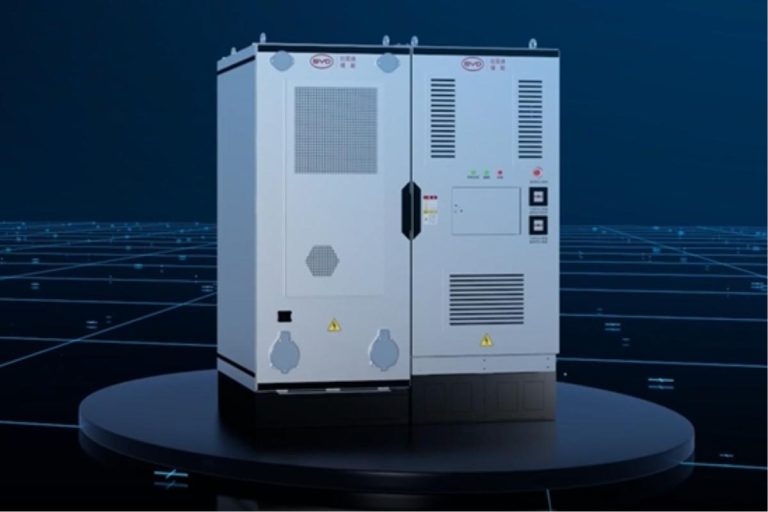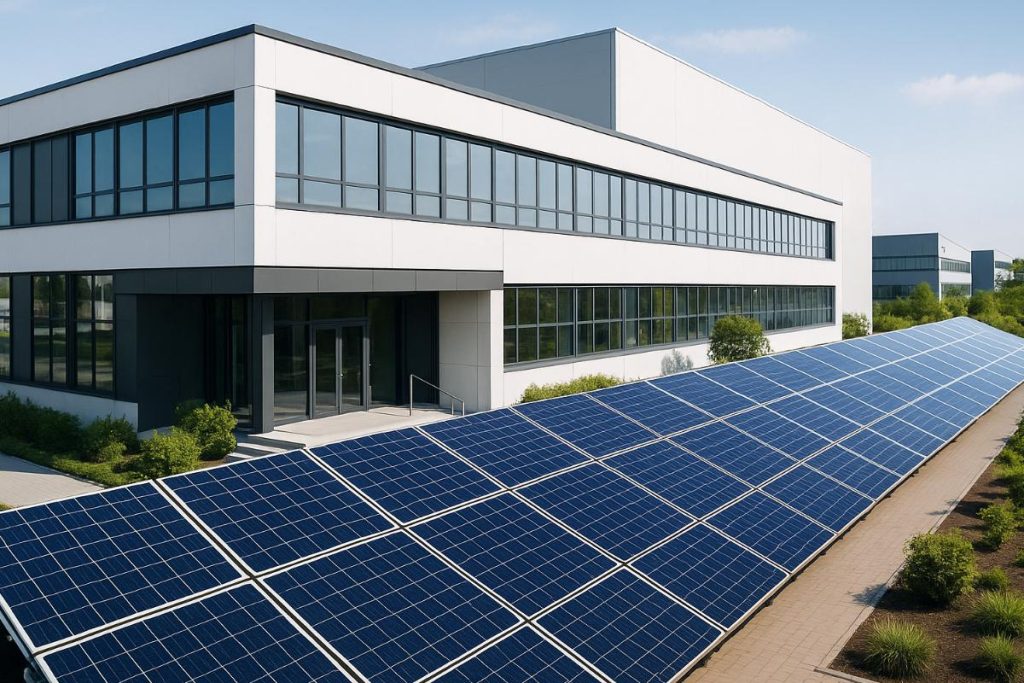In recent years, much has been said about combating climate change and ways of reducing the environmental impact of human activities. One of these ways is carbon creditThis is a system that turns the reduction of pollutants into a tradable currency. But what is it, how does it work and how can you make money from it? Let's explain it simply and objectively.
What are carbon credits?
A carbon credit is a certificate that represents the reduction of one ton of carbon dioxide (CO2) or other greenhouse gas that would have been released into the atmosphere. These credits were created to encourage companies and governments to adopt more sustainable practices.
It works like this: when a company reduces its emissions of polluting gases or carries out a project that avoids releasing CO2 into the atmosphere (such as reforestation or the use of clean energy), it can generate carbon credits. These credits can then be sold to other companies that are struggling to meet their emission reduction targets.
How are they generated?
Carbon credits are financial instruments that represent the reduction or removal of one ton of carbon dioxide (CO2) or other greenhouse gases (GHG) from the atmosphere. These credits can be generated by various environmental projects, such as:
Reforestation and recovery of degraded areas
Planting trees is one of the most common ways of generating carbon credits, as trees absorb CO2 from the atmosphere during the process of photosynthesis. Reforestation projects and the recovery of degraded areas help to mitigate climate change, as well as promoting the conservation of biodiversity and the protection of water resources.
Renewable energy generation
The replacement of fossil energy sources with renewable energySolar, wind, hydroelectric and biogas projects reduce greenhouse gas emissions and contribute to the generation of carbon credits. These projects can involve the installation of solar panels, wind turbines, hydroelectric plants or biogas systems.
Energy efficiency
Projects that promote energy efficiencyCarbon credits can also be generated by replacing old equipment with more efficient equipment, optimizing industrial processes or constructing buildings with better energy performance.
Carbon capture and storage
Carbon capture and storage (CCS) technologies allow CO2 emitted by industries and thermal power plants to be captured and prevented from being released into the atmosphere. The captured CO2 can be stored in underground geological formations or used in other industrial processes.
Reducing methane emissions
Methane (CH4) is a greenhouse gas with a much greater global warming potential than CO2. Projects that reduce methane emissions, such as solid waste management, effluent treatment or improved farming practices, can also generate carbon credits.
Forest preservation
Preserving native forests is essential for maintaining carbon stocks and regulating the climate. Projects that prevent deforestation and forest degradation, such as the creation of forest reserves or payment for environmental services, can also generate carbon credits.
These credits can be traded on regulated or voluntary markets, allowing companies and governments to offset their greenhouse gas emissions and contribute to financing mitigation and adaptation projects. climate change.
How does carbon credit trading work?
Carbon credits are traded on two main types of market: the regulated market and the voluntary market. Each has different characteristics.
Compliance Market
This is the market where carbon credits are traded under legal obligation. In other words, countries and companies have emission reduction targets imposed by international agreements, such as the Kyoto Protocol or the Paris Agreement.
In this scenario, a company that exceeds its emissions quota must buy credits to compensate for the excess. A company that has emitted less can sell its credits.
Example: an oil company, which naturally emits a lot of CO2, can buy credits from a farm that has installed a solar energy system and stopped polluting.
Voluntary Market
In this market, companies and individuals choose to offset their emissions on their own, without legal requirements. It is common for companies that want to improve their image with consumers or meet internal sustainability targets.
For example, an airline can offer customers the option of paying extra to offset the CO2 emitted by the flight, and this amount is used to buy carbon credits from environmental projects.
Difference between regulated and voluntary markets
The difference between the regulated market and the voluntary carbon credit market lies mainly in the obligation and rules that each follows.
- Regulated market: compulsory, based on laws and international agreements. Involves large companies and governments.
- Voluntary market: optional, aimed at companies and individuals who want to show environmental responsibility.
Both help to reduce global emissions, but have different rules, prices and certifications.
Advantages of carbon credits
Carbon credits encourage sustainabilityIt generates income for environmental projects, helps meet climate targets and raises awareness about the impact of emissions. It's an effective way of valuing actions that protect the environment.
Learn more about each of the advantages of this system!
Encouraging sustainability
Companies and projects that invest in practices and technologies to reduce greenhouse gas emissions are rewarded financially. This encourages the adoption of more sustainable measures and the search for innovative solutions to mitigate climate change.
Income generation
Rural communities, farmers and other producers can benefit financially from adopting sustainable practices such as low-carbon agriculture, forest conservation and renewable energy generation. The sale of carbon credits generates a new source of income, contributing to local economic development and improving the quality of life of these communities.
Environmental awareness
The growing demand for carbon credits and the debate surrounding the carbon market are helping to raise environmental awareness among people, companies and governments. This promotes a greater understanding of the impacts of human actions on the environment and the importance of adopting more sustainable practices in all sectors of society.
Meeting global targets
The carbon market plays a key role in helping countries meet their targets for reducing greenhouse gas emissions, as set out in international climate agreements such as the Paris Agreement. The possibility of offsetting their emissions through the purchase of carbon credits facilitates the achievement of these targets and encourages cooperation between countries in the fight against climate change.
Innovation and technological development
The carbon market drives innovation and the development of clean and sustainable technologies. The search for solutions to reduce greenhouse gas emissions and generate carbon credits stimulates investment in research and development, contributing to technological progress and the creation of new business opportunities.
Diversification of the energy matrix
The carbon market encourages the diversification of the energy matrix by promoting renewable and low-carbon energy sources. The generation of carbon credits from wind, solar, biomass and other clean energy projects contributes to reducing dependence on fossil fuels and to the transition to a more sustainable energy model.
Protecting biodiversity and ecosystems
Forest conservation, reforestation and ecosystem restoration projects generate carbon credits and contribute to protecting biodiversity and maintaining the ecosystem services that are essential for life on the planet. The carbon market values environmental preservation and encourages the adoption of practices that guarantee the sustainability of natural resources.
Transparency and responsibility
The carbon market demands transparency and accountability from companies and projects that generate and trade carbon credits. The need to monitor, verify and certify emission reductions contributes to improving environmental management and making companies accountable for their impact on the environment.
Challenges
Despite its many advantages, the carbon credit system also involves some significant challenges. Learn about the main ones:
Technical complexity
Measuring and certifying carbon credits requires specialized knowledge in various areas, such as climate change, energy systems, industrial processes and agricultural practices. It is necessary to accurately quantify greenhouse gas emissions and ensure that carbon reduction or removal projects meet strict technical standards.
Bureaucracy
The processes for validating and selling carbon credits can be complex and time-consuming, involving several stages and interaction with different bodies and institutions. The documentation required is extensive and the procedures can vary depending on the type of project and the carbon market in question.
Supervision
Ensuring that carbon projects actually reduce emissions as promised is a crucial challenge. Effective monitoring, reporting and verification systems must be put in place to track project performance and ensure the environmental integrity of the credits generated. Enforcement must also combat fraudulent practices and guarantee the transparency of the carbon market.
Price changes
The value of carbon credits can fluctuate significantly due to factors such as supply and demand, climate policies, technological development and economic conditions. This volatility can make the financial planning of projects and the predictability of returns on investment in emission reduction initiatives difficult.
Market acceptance
Acceptance and demand for carbon credits still face challenges in some sectors and markets. Lack of standardization, regulatory uncertainty and distrust of the effectiveness of projects can limit market growth and revenue generation for project developers.
Transaction costs
The costs associated with the transaction of carbon credits, such as registration, certification and brokerage fees, can be significant and reduce the profitability of projects, especially for small-scale projects or those in developing countries.
Unequal distribution of benefits
The financial benefits generated by carbon projects may not be distributed equitably among the different actors involved, such as local communities, indigenous peoples and small farmers. It is essential to ensure that projects promote social justice and inclusion, avoiding the concentration of benefits in large companies or intermediaries.
How to sell carbon credits
To sell carbon credits, you need to follow a few steps:
- Develop an environmental project such as reforestation, clean energy or waste treatment.
- Hire a specialist company: they will calculate the amount of emissions avoided and how many credits this represents.
- Have the project certified: certification is carried out by recognized bodies such as the Verra (which emits the VCS standard) or the Gold Standard.
- Registering credits on a platform: such as Markit or APXto guarantee the transparency of the negotiation.
- Trading the credits: they can be sold to companies on the regulated or voluntary market, either directly or through brokers.
Rural producers, NGOs, municipalities and even condominiums can develop projects that generate carbon credits. With technical support, it is possible to turn a sustainable action into a source of income.
Reduce carbon emissions with BYD clean energy
Carbon credits are a powerful tool in the fight against climate change. It allows positive actions for the environment to be valued and marketed, promoting a cycle of sustainability and income generation.
Despite the challenges, the system has great potential, especially in Brazil, which has vast natural resources and the capacity to lead this market.
And if the aim is to reduce emissions, one of the most efficient alternatives is solar energy. Companies such as BYD, a global reference in this sector, offer technological solutions that help to drastically reduce the use of polluting sources, as well as generating savings on electricity bills.
By investing in BYD solar energy, you contribute to a cleaner planet and can even generate your own carbon credits in the future. A sustainable, intelligent and economically advantageous path.
Talk to our experts and find out more about BYD Energy!

